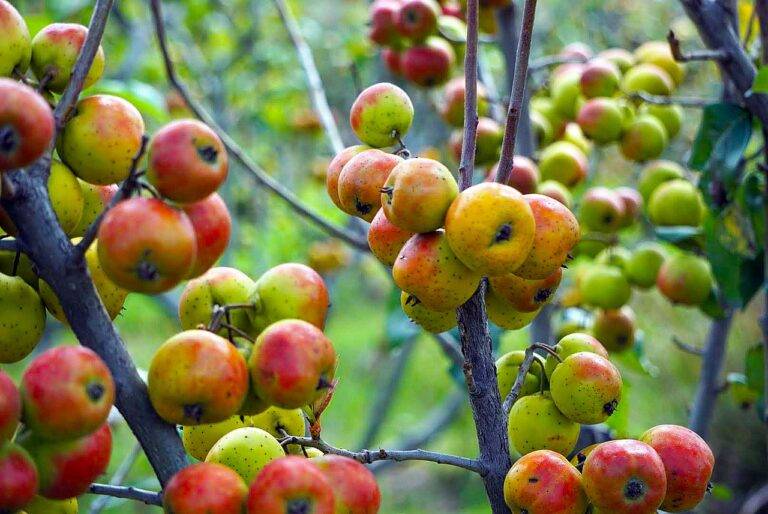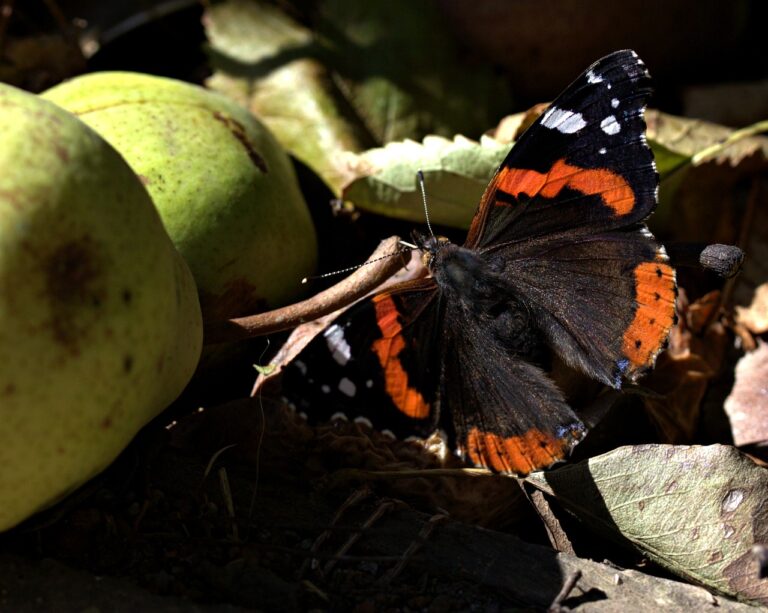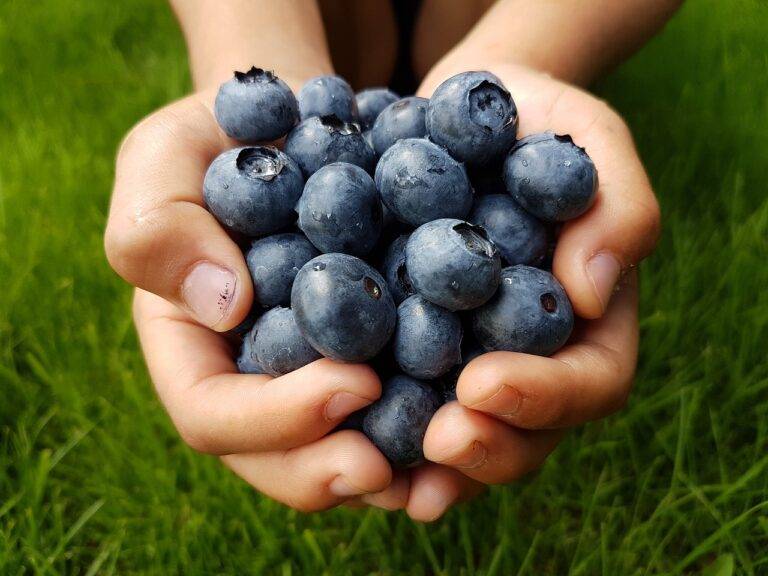Food and Sustainability: Exploring Eco-friendly Practices in Agriculture
Soil health plays a vital role in sustainable agriculture as it directly impacts crop growth and overall farm productivity. Healthy soil ensures the availability of essential nutrients and a balance of microorganisms necessary for plant growth. By prioritizing soil health, farmers can enhance the resilience of their crops to environmental stressors, reduce the need for synthetic fertilizers and pesticides, and promote long-term sustainability in their farming practices.
Incorporating practices such as cover cropping, crop rotation, minimal tillage, and composting can help improve soil health. These techniques aid in maintaining soil structure, increasing organic matter content, and fostering biodiversity below ground. As a result, farmers can cultivate healthier crops, reduce erosion, and improve water retention in their fields. By recognizing the significance of soil health in sustainable agriculture, farmers can contribute to a more resilient and environmentally friendly food system.
Implementing Crop Rotation Techniques for Sustainable Farming
Crop rotation is a practice deeply rooted in sustainable farming methods. By alternating the types of crops grown in a particular field season after season, farmers can maintain soil fertility, reduce pest and disease pressure, and enhance overall crop yield. This technique also helps to break pest life cycles and prevent the depletion of specific nutrients in the soil, promoting long-term agricultural sustainability.
Incorporating legumes and cover crops into the crop rotation plan can further enhance soil health and fertility. Legumes, such as peas and beans, have the unique ability to fix nitrogen from the atmosphere into the soil, reducing the need for synthetic fertilizers. Cover crops like clover or rye help prevent soil erosion, suppress weeds, and improve soil structure. When combined strategically with crop rotation, these practices contribute to building a resilient and productive agricultural system.
• Crop rotation is a practice deeply rooted in sustainable farming methods
• Alternating types of crops grown in a field season after season maintains soil fertility
• Reducing pest and disease pressure and enhancing overall crop yield are benefits of crop rotation
• Breaking pest life cycles and preventing depletion of specific nutrients in the soil promotes long-term agricultural sustainability
Incorporating legumes and cover crops into the crop rotation plan can further enhance soil health and fertility.
Legumes, such as peas and beans, fix nitrogen from the atmosphere into the soil, reducing the need for synthetic fertilizers.
Cover crops like clover or rye help prevent soil erosion, suppress weeds, and improve soil structure.
Strategically combining these practices with crop rotation contributes to building a resilient and productive agricultural system.
Utilizing Integrated Pest Management in Eco-friendly Agriculture
Integrated Pest Management (IPM) is a strategic approach to managing pests in agriculture that combines biological, cultural, physical, and chemical methods to minimize their impact on crops. By integrating different pest control strategies, farmers can reduce the reliance on harmful pesticides, resulting in more eco-friendly agricultural practices. IPM aims to maintain the balance between pest populations and their natural enemies, reducing the negative effects on the environment while ensuring the sustainability of crop production.
One of the key principles of IPM is monitoring and prevention, where farmers regularly assess pest populations and their potential impact on crops. By identifying pest threats early on, farmers can implement targeted interventions to manage pests effectively, such as introducing natural predators or using mechanical barriers to deter pests. This proactive approach not only helps in reducing the need for chemical pesticides but also promotes a healthier ecosystem on the farm, ultimately leading to sustainable agriculture practices.
What is Integrated Pest Management (IPM)?
Integrated Pest Management (IPM) is a sustainable approach to managing pests by combining biological, cultural, physical, and chemical tools in a way that minimizes economic, health, and environmental risks.
How does IPM benefit eco-friendly agriculture?
IPM reduces the reliance on chemical pesticides, which can harm the environment, wildlife, and human health. By using a variety of pest control methods, farmers can maintain pest populations at levels that do not cause significant damage to crops.
What are some examples of biological control methods used in IPM?
Biological control methods in IPM include introducing natural enemies of pests, such as ladybugs or parasitic wasps, to control pest populations. This method is safe for the environment and does not harm beneficial insects.
How can crop rotation help in sustainable farming practices?
Crop rotation involves planting different crops in the same field each season, which helps to break pest cycles, improve soil health, and reduce the need for chemical pesticides. This practice can also increase crop yields and improve overall farm sustainability.
Why is soil health important in sustainable agriculture?
Soil health is crucial for sustainable agriculture because healthy soil is essential for plant growth, nutrient uptake, and water retention. By maintaining healthy soil, farmers can improve crop productivity, reduce erosion, and minimize the need for chemical fertilizers.







